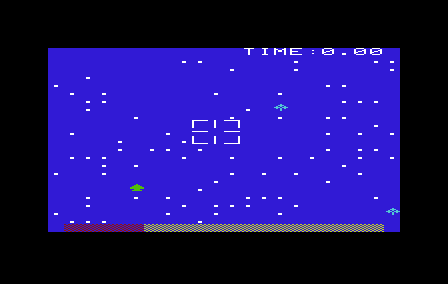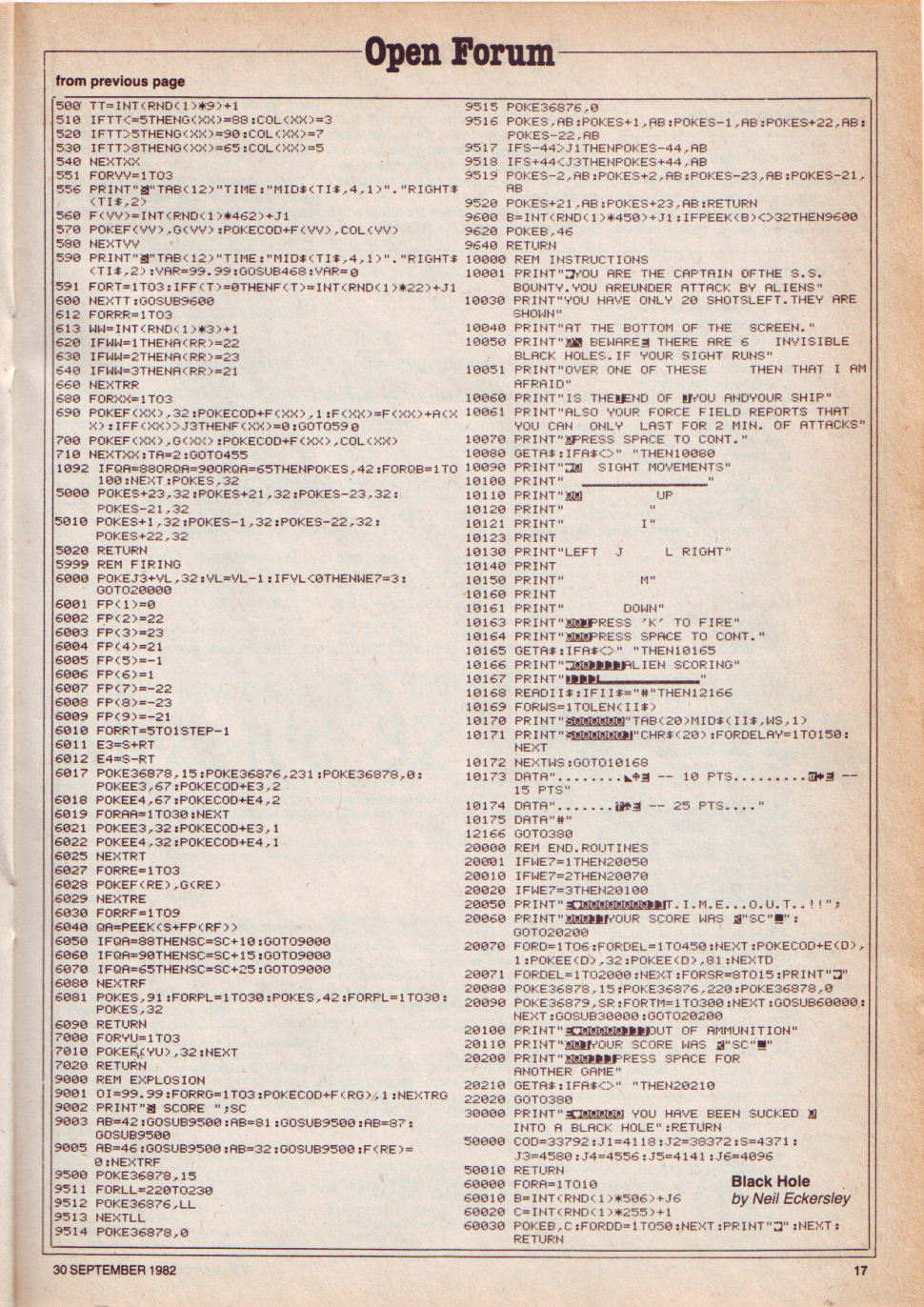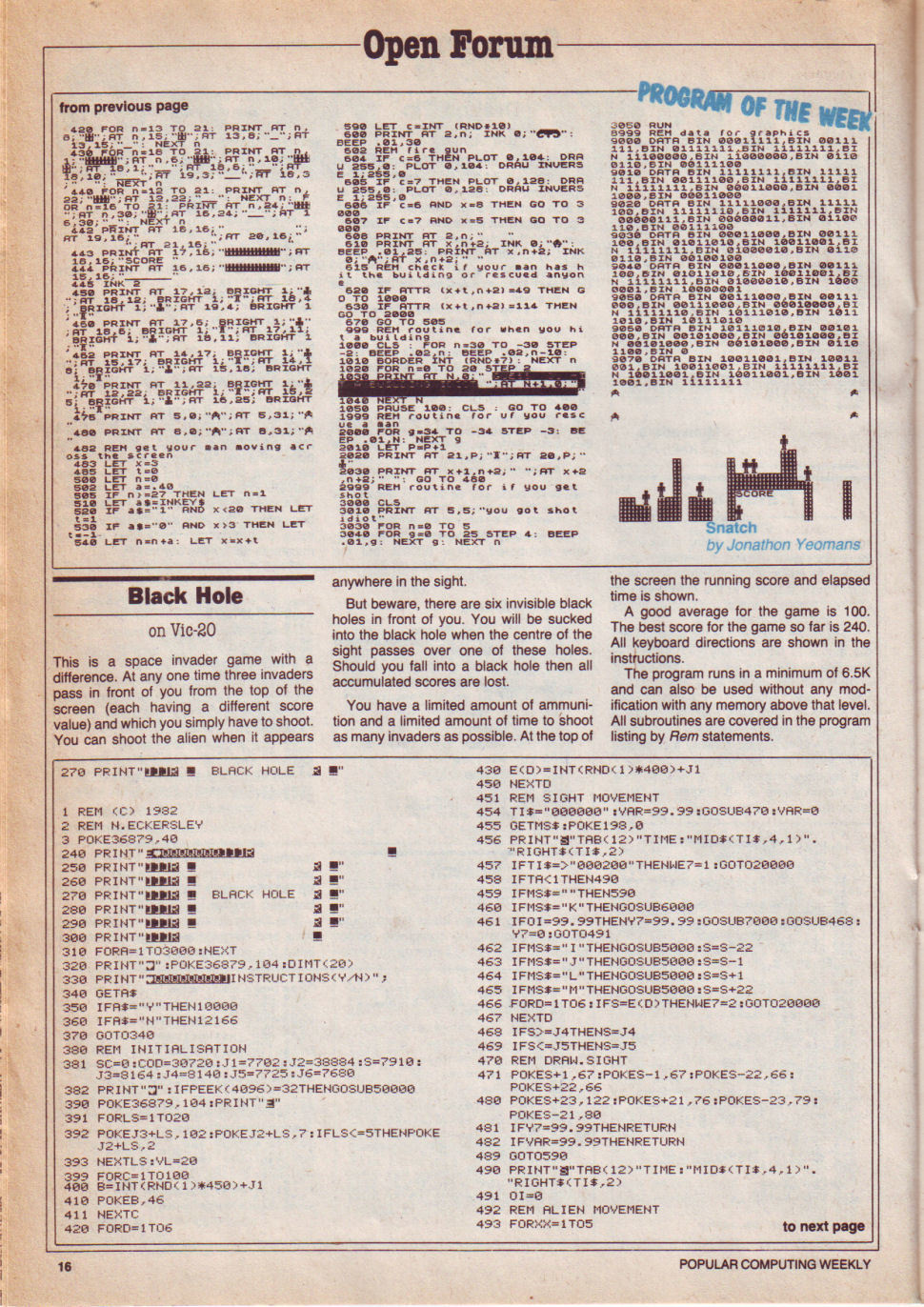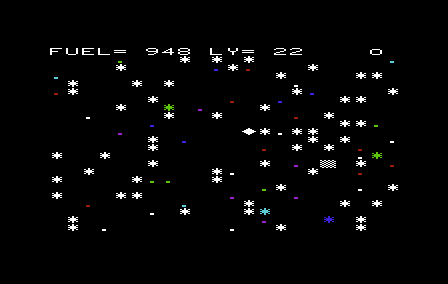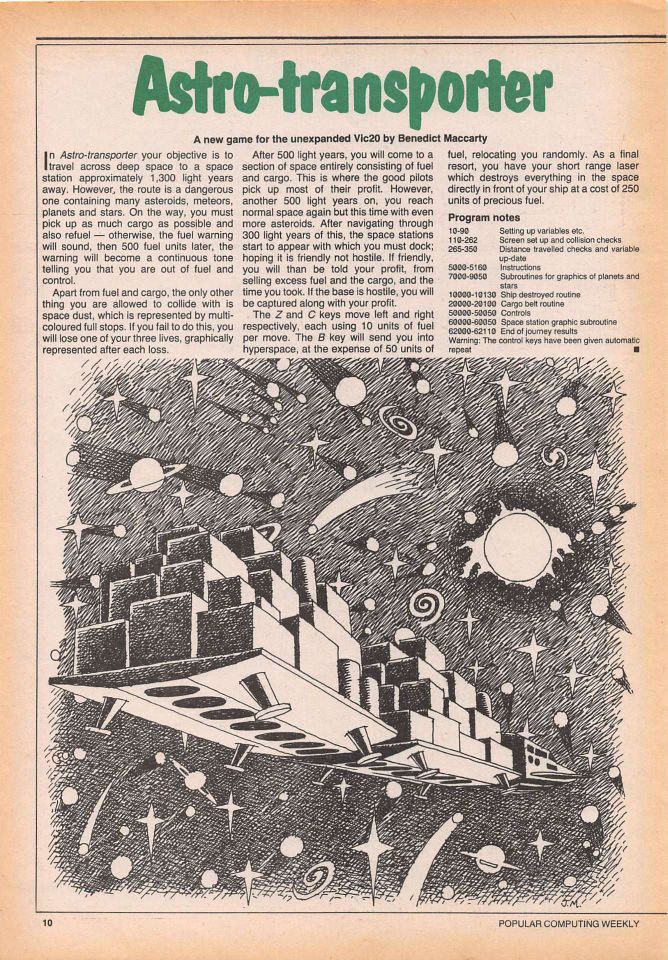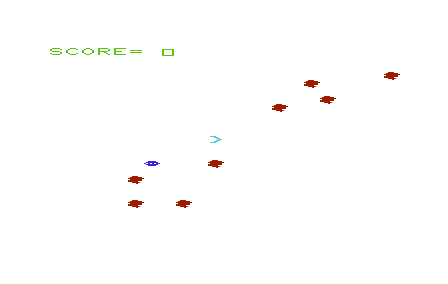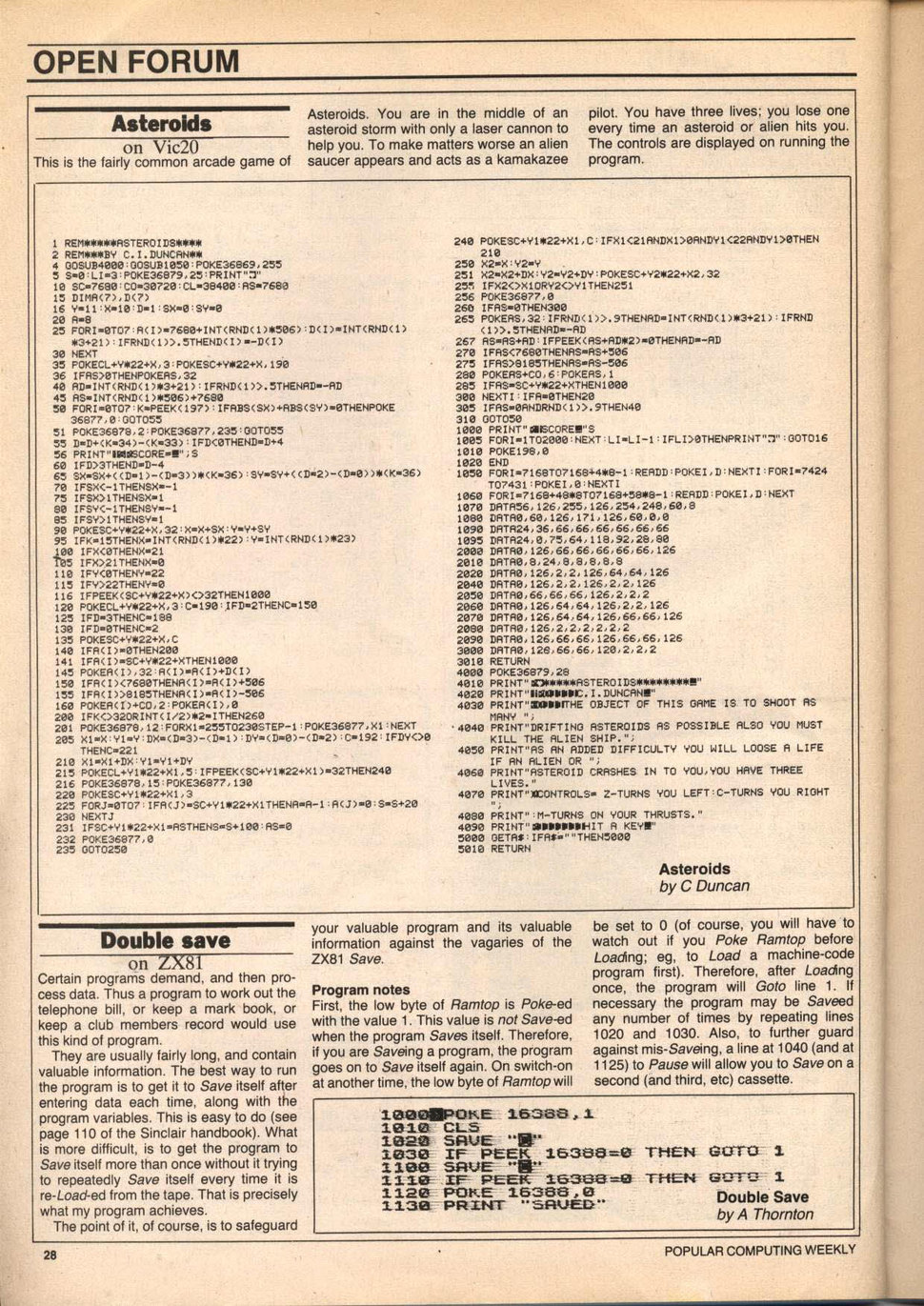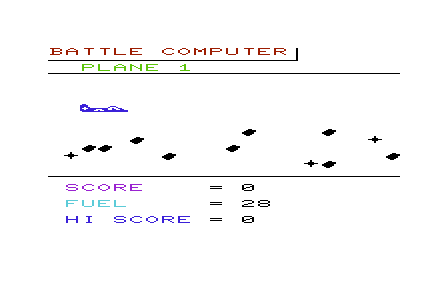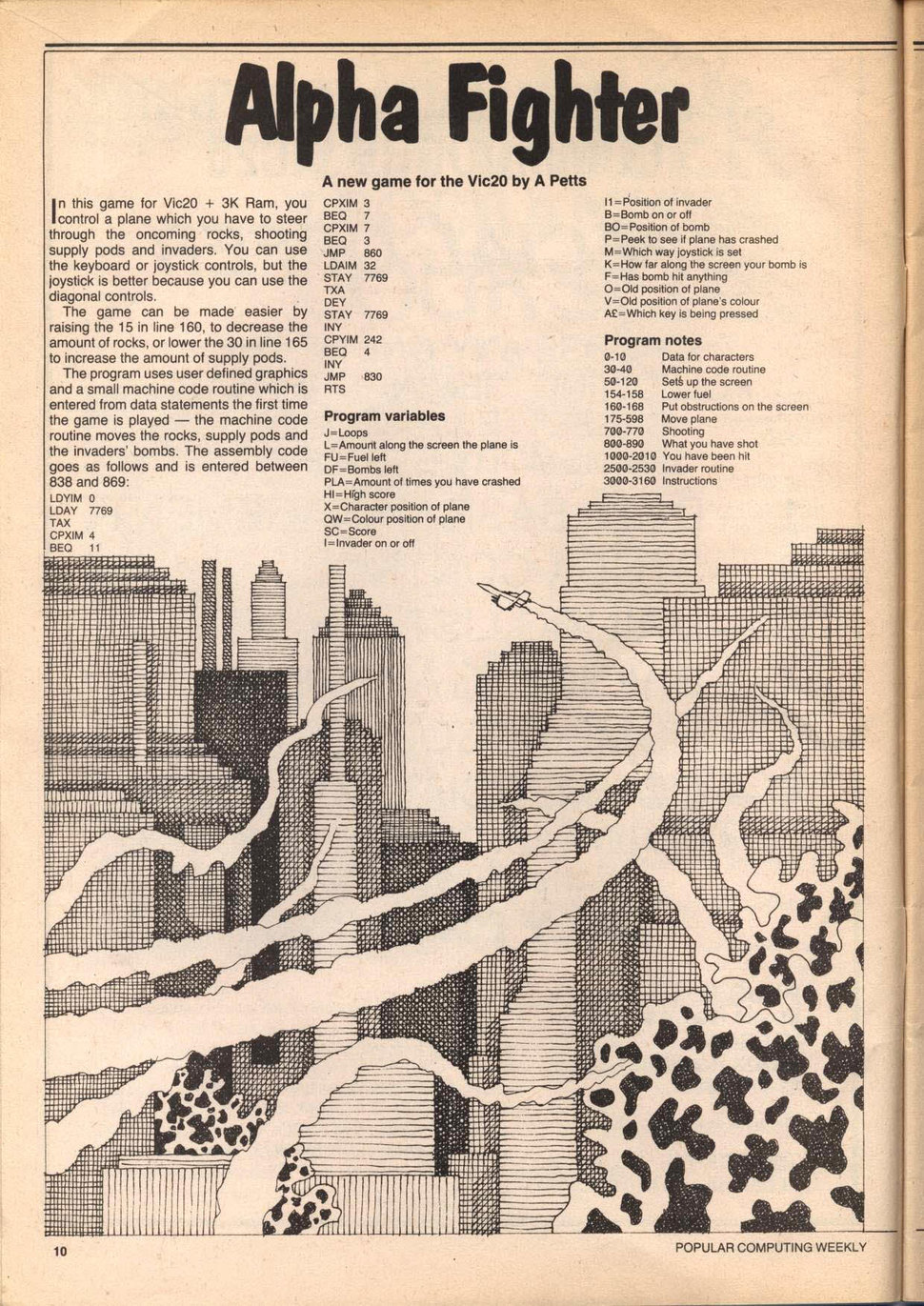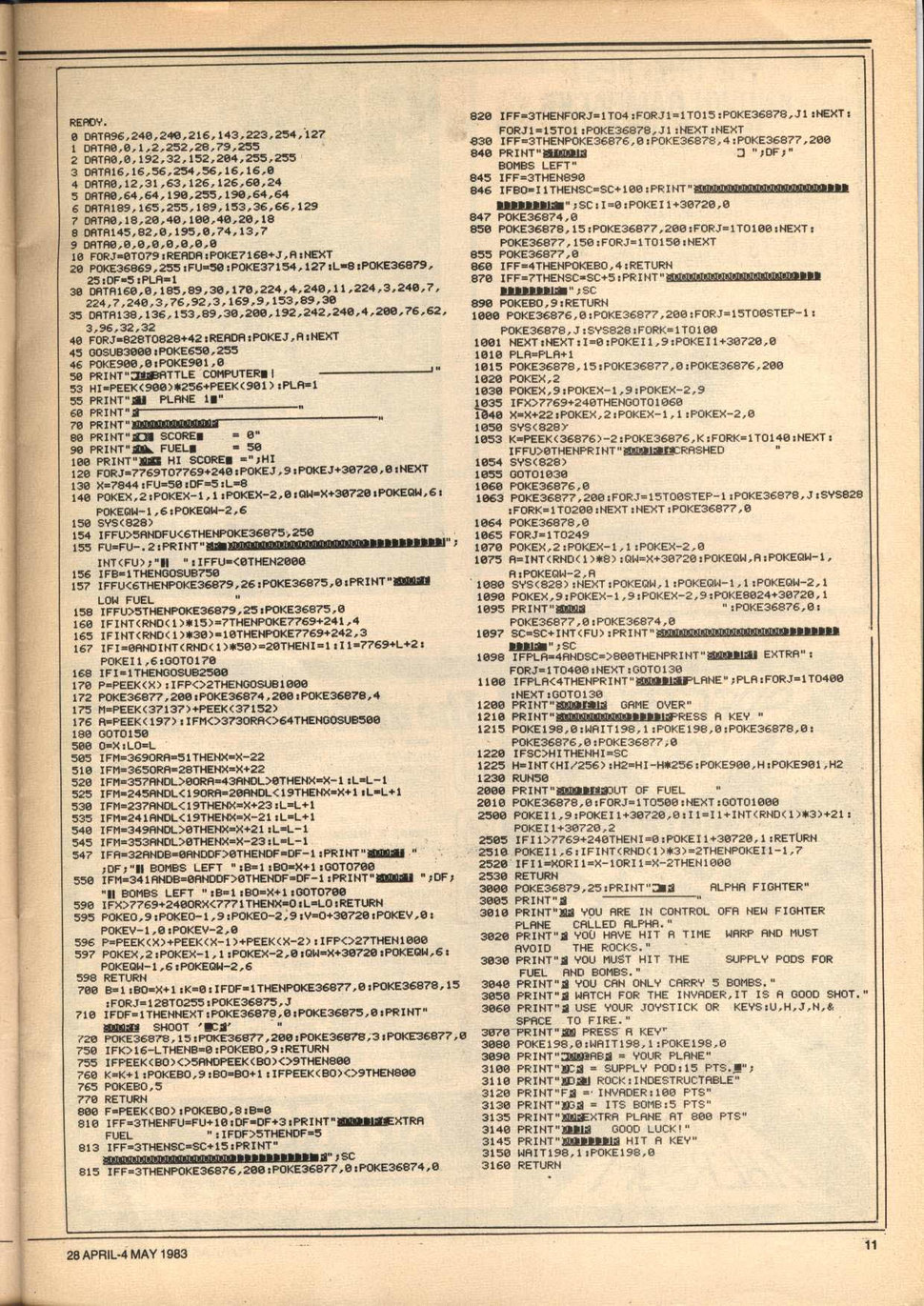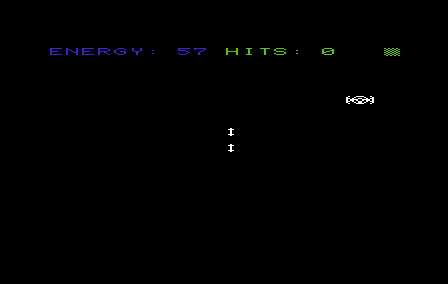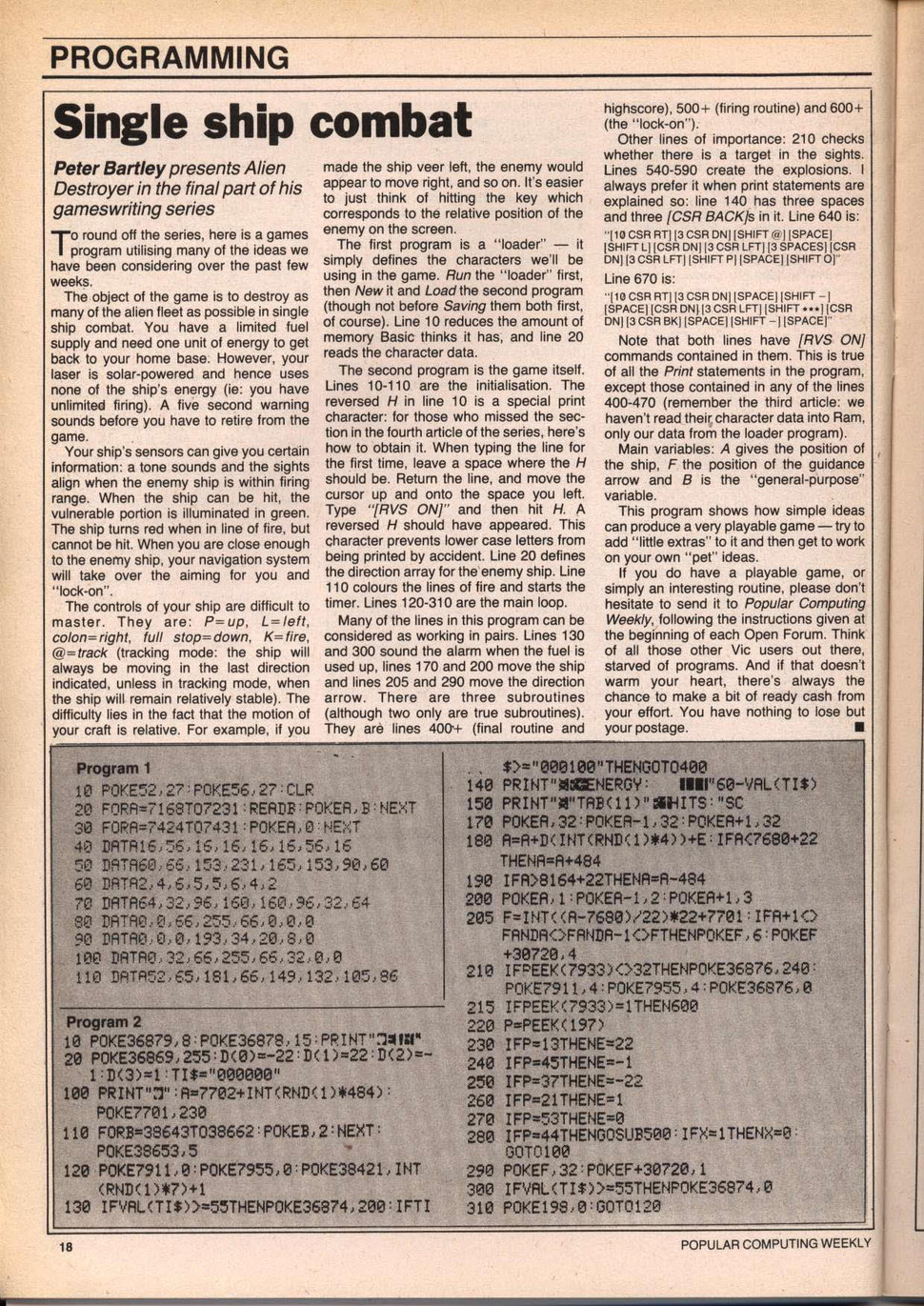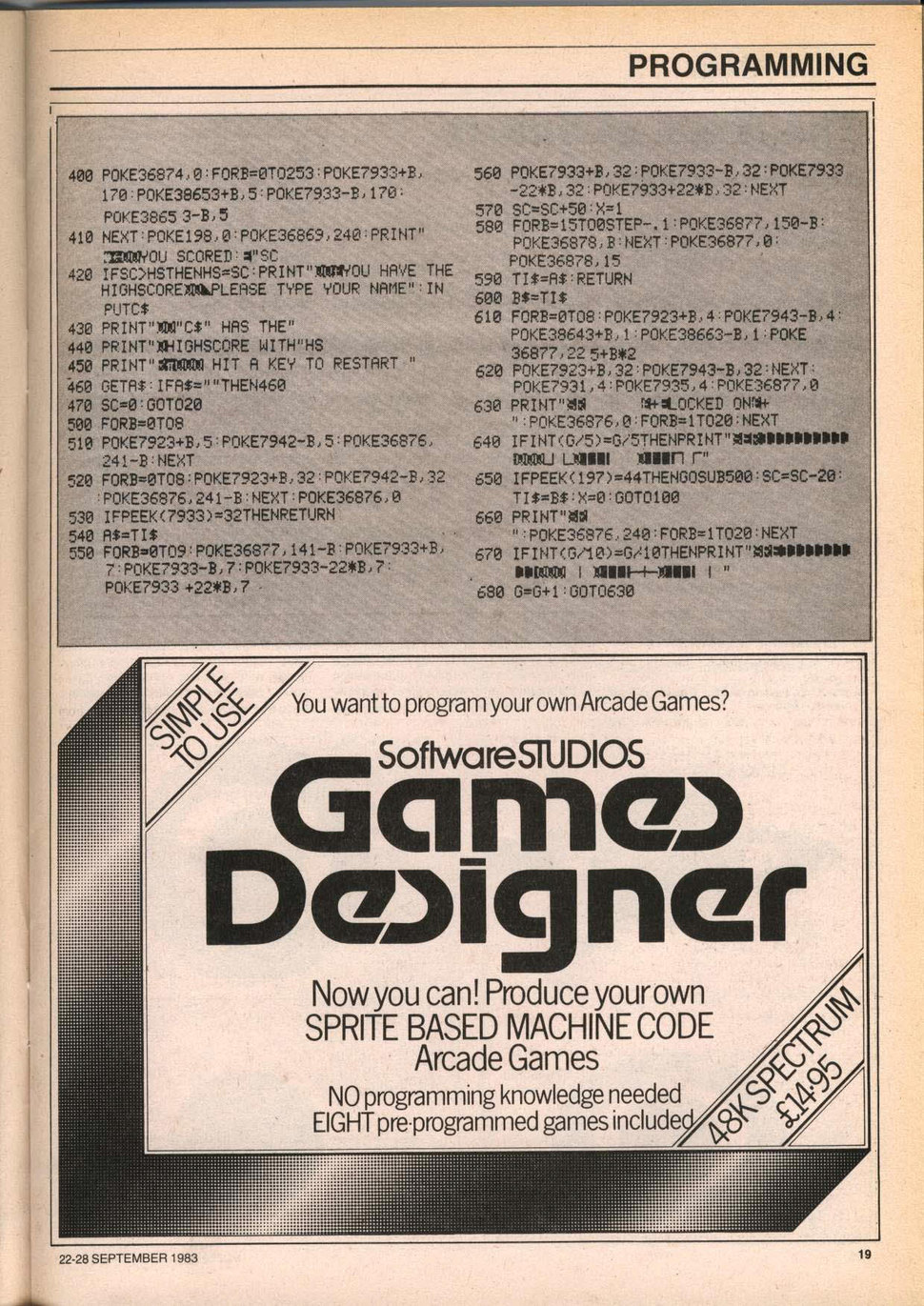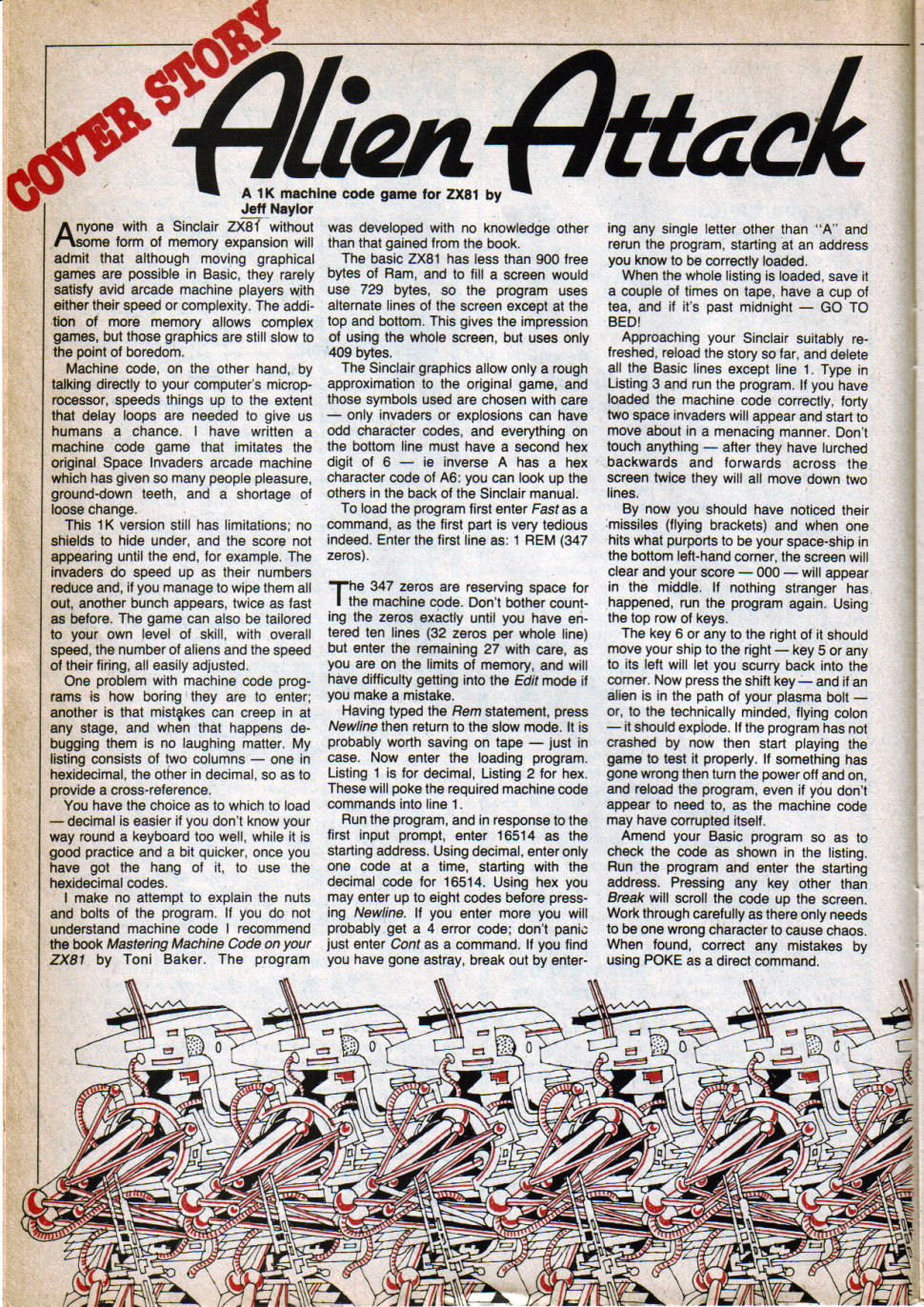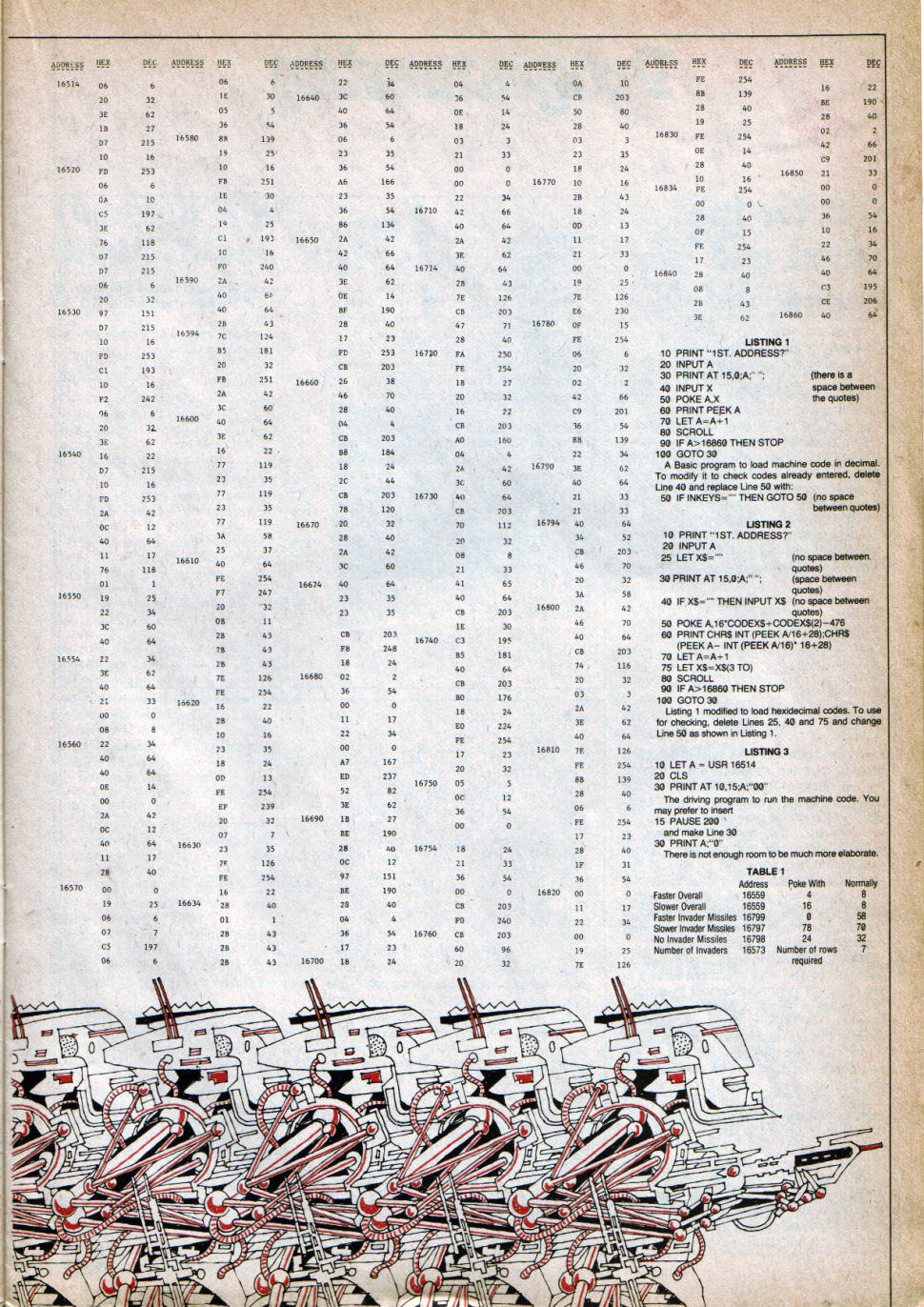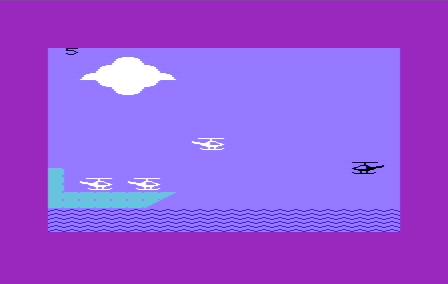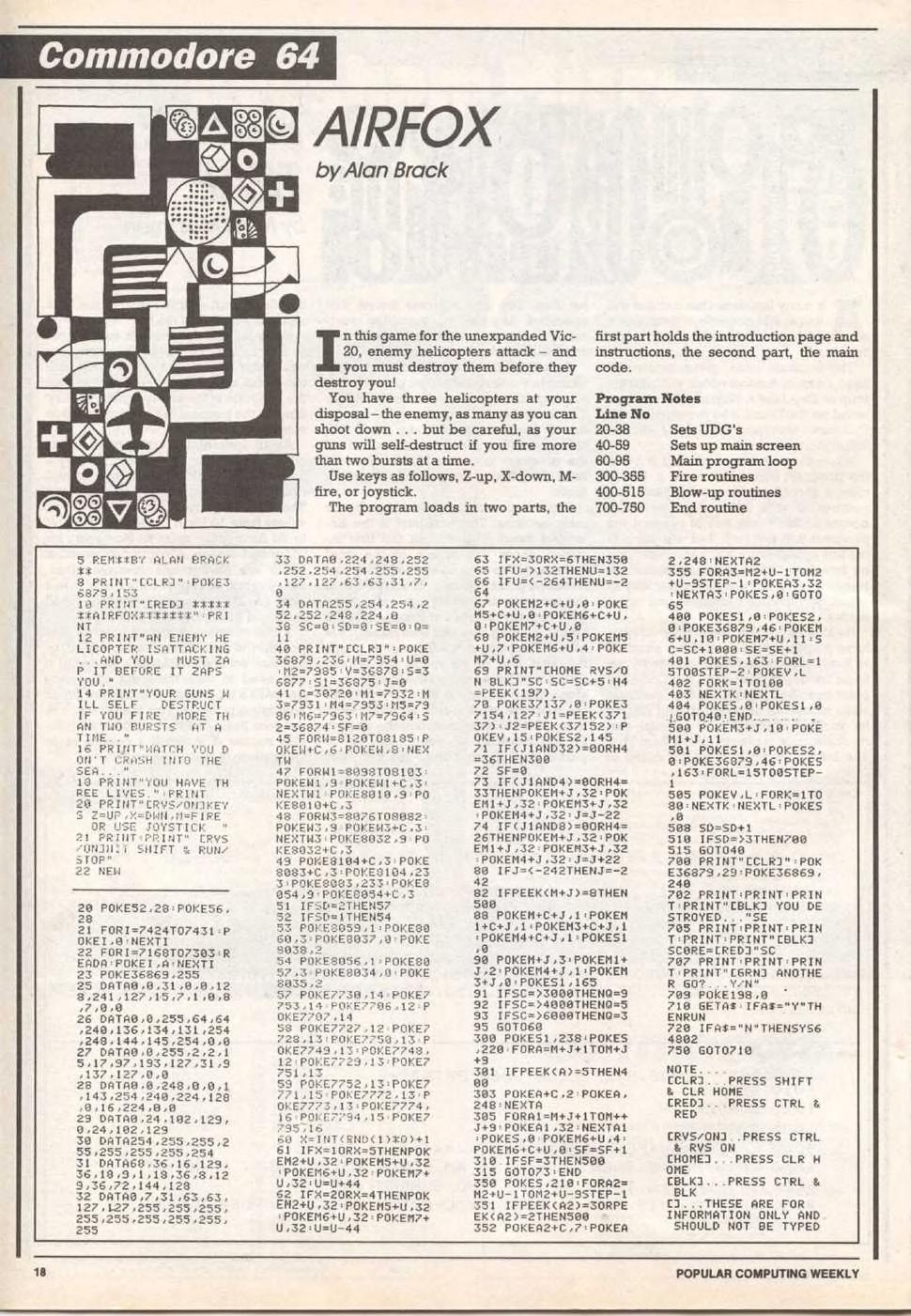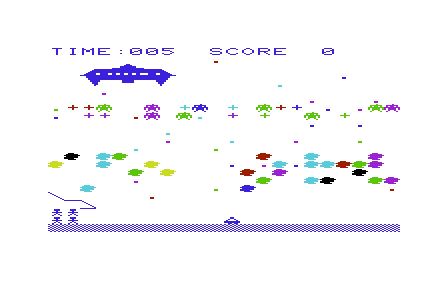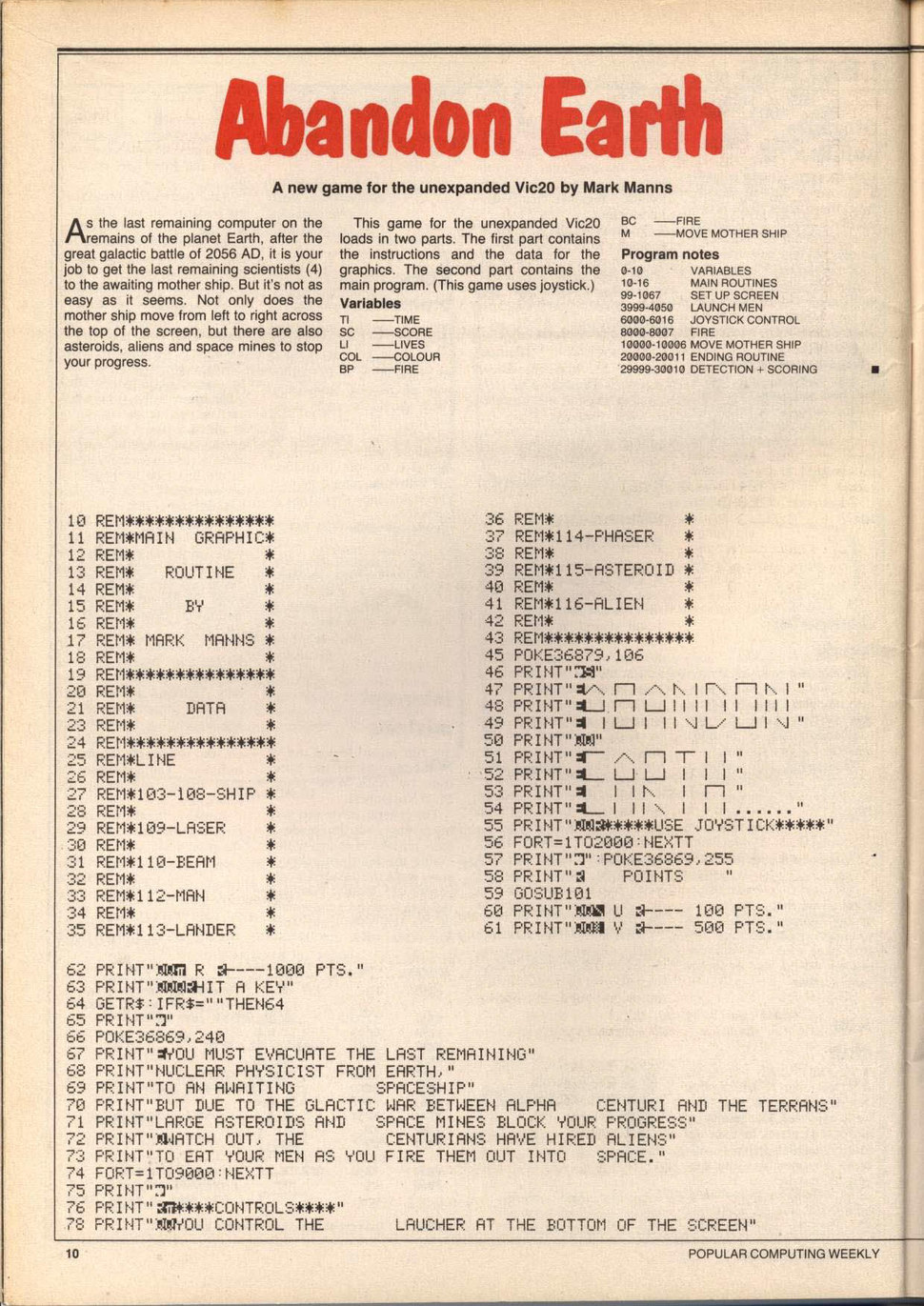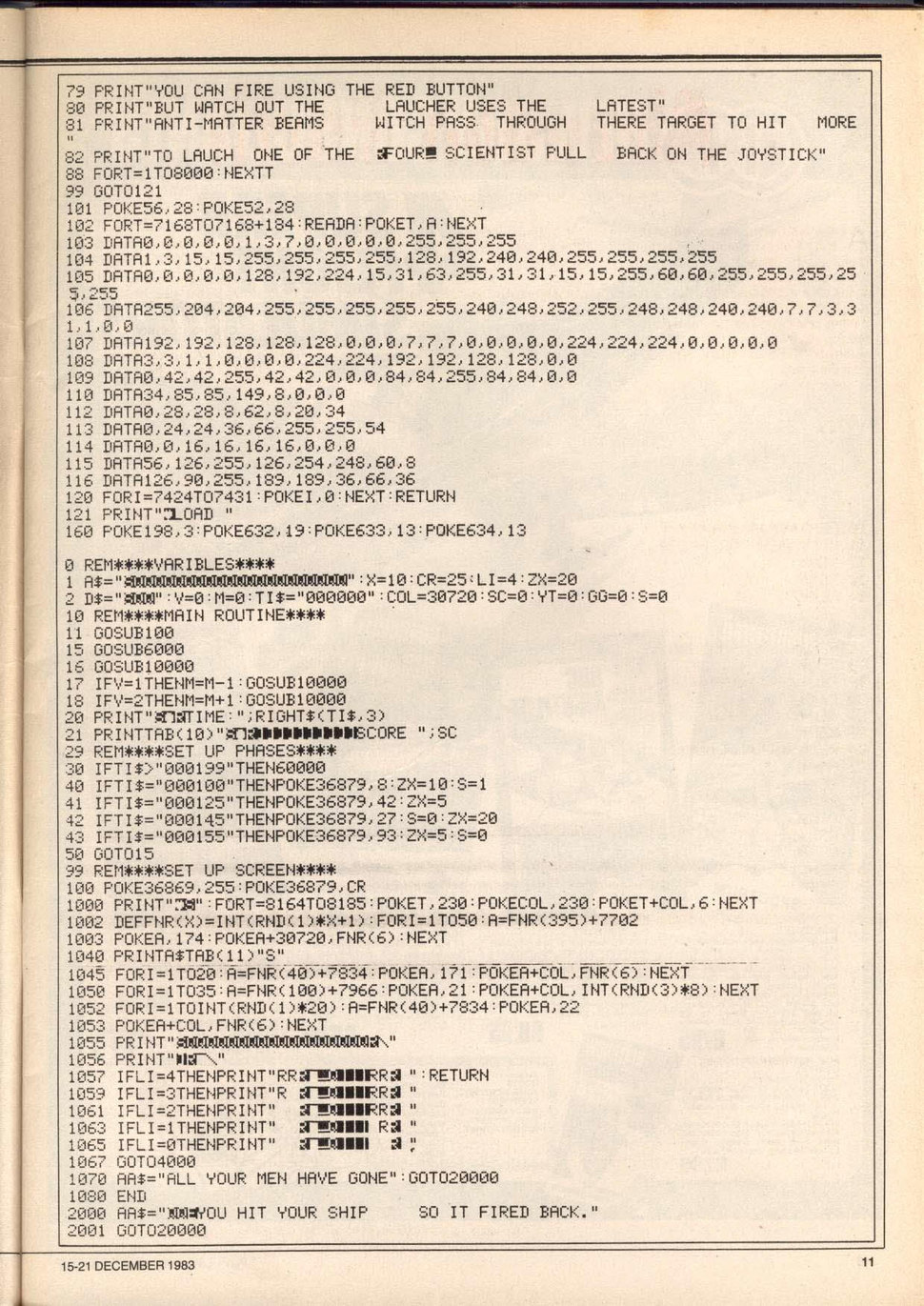please find attached the results of my research into BASIC type-in listings
every program on this list has an associated:
- tape or floppy image
- a UTF-8 text file listing its code
- scans of the magazine listing
- a screenshot
did i say this already?
i have some really nice BASIC type-in listings now, and i'm going to record some videos explaining how they work!
gonna go with a 6502 + 6847 build to begin with.
32 column text mode is not as much as i am used to on the commodore 64, but i figure it is best to go with something simpler to refamiliarise myself with electronics.
the vic-20 and commodore 64 are what i know best, and their VIC- chips are, on reflection, just superb.
i want, ultimately, to be able to be able to make a kind of 'dream' 8 bit system for myself, i hope by making this first lil puter i will begin that process.
Having implemented Eliza 1.5 times, I am convinced: being a Rogerian therapist was a glass ceiling for it. Eliza's engine was simple regex-like tree rewriting. Which is a lot, but not enough. Not enough for "Mathematician" script Weisenbaum envisioned, for example—there's no math engine in Eliza.
Though it's fun to see the parallels between Modal and Eliza.
Many of the tools that we thought we could rely on broke down, whether it is Apple products, or software that require subscription services, DRM, etc. As an artist you spend time developping a skill, you become a Photoshop illustrator. When your connection to the internet fails and that the software locks up, that skill that you thought was yours was actually entirely owned by someone, and can be taken away.
This is a blog post based on a transcript of a talk Devine gave at Handmade Seattle on November 26th 2022.
Greenspun's tenth rule of programming is an aphorism in computer programming and especially programming language circles that states:
Any sufficiently complicated C or Fortran program contains an ad hoc, informally-specified, bug-ridden, slow implementation of half of Common Lisp.

